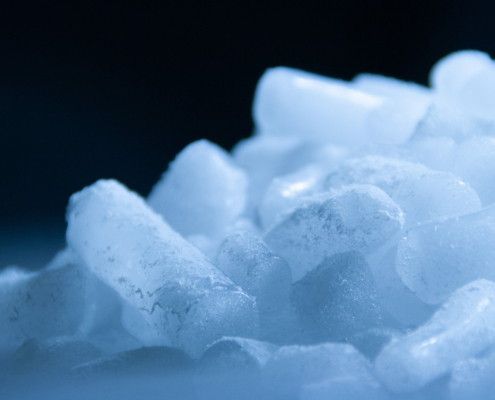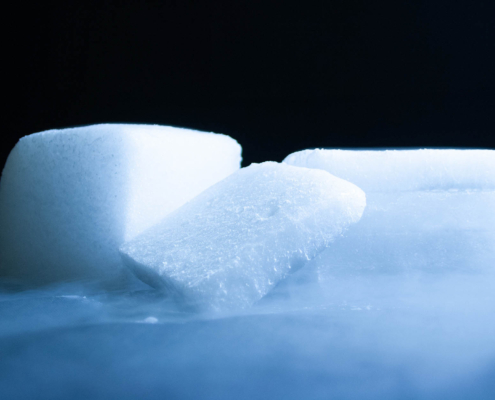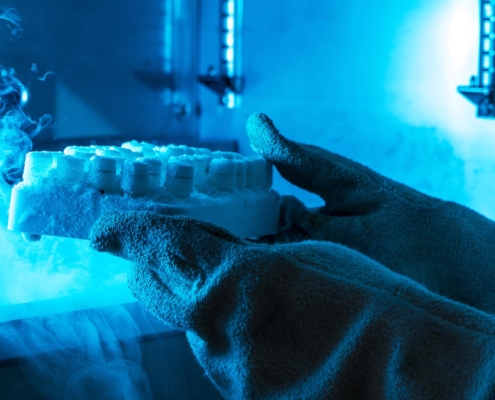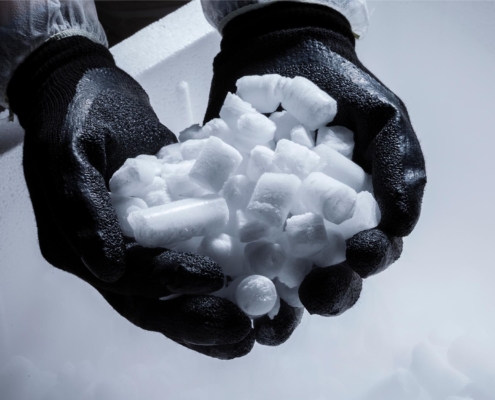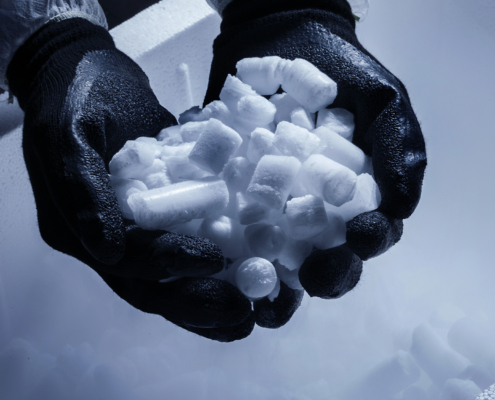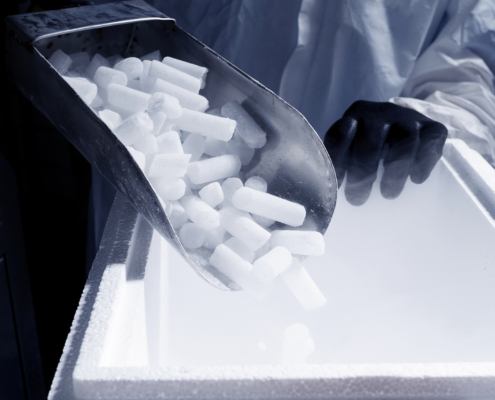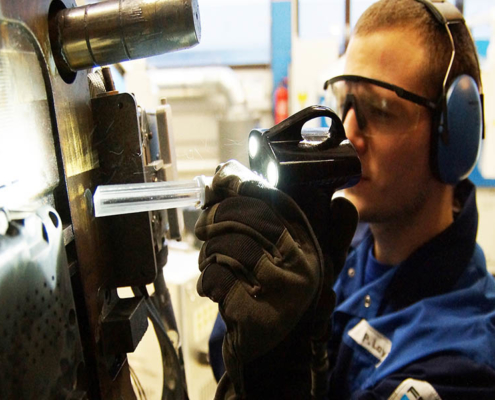Dry ice, with its exceptionally low temperature of -78.5°C (-109.3°F), plays a pivotal role in maintaining the required cold chain for gene therapies. It sublimates directly from a solid to a gas, providing a consistent cooling effect without leaving any residue. This makes it an ideal cooling agent for transporting sensitive medical products.
In addition to dry ice, carbon dioxide (CO2) can also support the shipping of gene therapies. CO2 is often used in refrigerated transport to maintain the necessary temperature for sensitive pharmaceuticals. Its ability to create a controlled atmosphere with low oxygen levels helps in preserving the stability of the gene therapy products during transit.
For example, consider a pharmaceutical company shipping a new gene therapy drug across the country. By using dry ice, the company can ensure that the drug remains at the necessary ultra-low temperature throughout the journey. This consistency is crucial for preserving the drug’s effectiveness, allowing it to be safely administered to patients upon arrival. In scenarios where additional temperature control is needed, CO2 can supplement the cooling process, ensuring that the gene therapy remains stable and effective throughout its journey.

